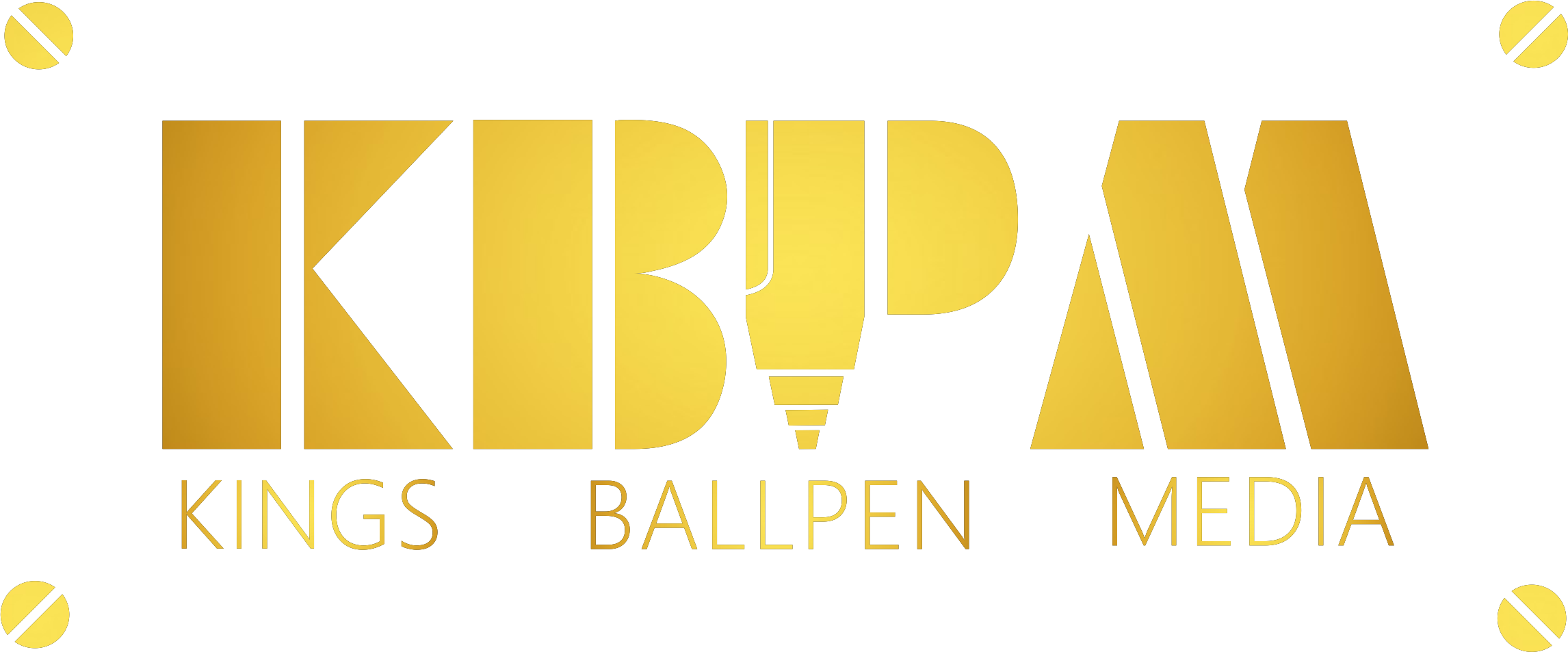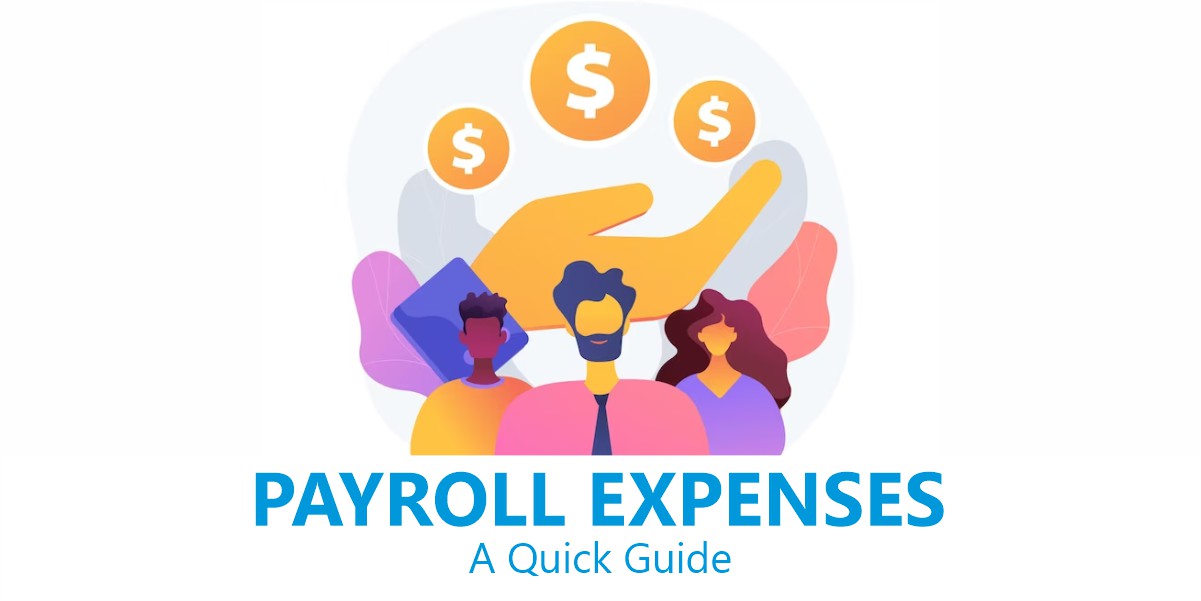Introduction
Payroll expenses are the costs incurred by a company to pay its personnel. These costs include wages and salary as well as any other employee benefits, such as health insurance and retirement plans. Included in payroll expenses are taxes taken from employee paychecks, such as federal income taxes. In addition, payroll expenses may include charges for processing payroll, including any fees for payroll software or services, as well as for distributing paychecks or direct payments. Payroll expenses are often among the greatest expenses on a company’s income statement and can be a major cost for firms.
The purpose of payroll expense
Budgeting and projecting future expenditures: Businesses utilize payroll data to estimate labour costs and prepare for future expenditures.
Financial reporting: Payroll expenses are disclosed on the income statement of the company to show the cost of labour for the period.
Compliance with laws and regulations: Payroll expenses are disclosed on the income statement of the company to show the cost of labour for the period. Employers are obligated to disclose payroll data for tax and compliance purposes to government entities.
Auditing: Internal and external auditors analyze payroll data to ensure compliance with laws, rules and corporate policies.
Managing cash flow: Payroll expenses can have a substantial impact on a company’s cash flow and must be managed accordingly.
Payroll expenses are an integral part of a company’s financial operations and are utilized for a number of purposes, including budgeting, financial reporting, compliance, auditing, and cash flow management.
How to create a payroll expenses
Creating payroll expenses involves several steps:
Determine employees’ earnings and salaries: You must be aware of each employee’s base wage or hourly rate, as well as any overtime or bonuses to which they may be entitled.
Compute any further advantages: Determine the cost of any employee benefits, including health insurance, retirement benefits, and paid leave.
Determine withholding taxes: Determine how much federal income tax and Social Security tax must be withheld from each employee’s paycheck.
Calculate any additional payroll-related costs: Determine any additional costs involved with paying employees, including the cost of payroll processing, including any fees for payroll software or services, and the cost of issuing paychecks or direct deposits.
Compile the payroll expenditures: Maintain accurate records of all payroll expenses, including the amount paid to each employee, any taxes deducted, and any other costs.
Report payroll expenditures: Report payroll expenses to the proper federal, state, and local agencies, including the Internal Revenue Service (IRS) and the Social Security Administration (SSA).
Examine the payroll expenditures: Examine the payroll expenses to ensure compliance with applicable laws, rules, and corporate policies.
Notably, although creating payroll expenses on your own is an option, the vast majority of businesses use specialized payroll software or services to handle these tasks, as they can automate the process, ensure compliance with laws and regulations, and provide extensive reporting and auditing capabilities.
To guarantee that employees are paid accurately and on time and that all applicable taxes and fees are accounted for, establishing payroll expenses involves careful calculation and attention to detail.
An example of payroll expenses
Here is an example of payroll expenses for a small business:
Wages and Salaries:
Employee 1: $50,000 per year
Employee 2: $40,000 per year
Employee 3: $30,000 per year
Total: $120,000
Additional benefits:
Health insurance: $5,000 per year
Retirement benefits: $3,000 per year
Paid time off $2,000 per year
Total: $10,000
Taxes:
Federal income taxes: $10,000
Social Security taxes: $7,200
Total: $17,200
Other payroll-related expenses:
Payroll processing fee: $500 per year
Check printing costs: $200 per year
Total: $700
Total payroll expenses: $148,900
In this example, the business has three employees with a total annual payroll expense of $120,000 for wages and salaries. They also spend $10,000 on additional benefits for their employees, $17,200 on taxes, and $700 on other payroll-related expenses for a total payroll expense of $148,900 for the year.
Notably, this is merely a sample, and actual payroll expenses will vary based on the number of employees, their salary, benefits, taxes, and other payroll-related costs. Additionally, rules, regulations, and taxes may differ based on the business’s location and size. There may be additional costs associated with bonuses, commissions, severance pay, and other forms of remuneration for some businesses.
Additionally, it is crucial to note that this example assumes all computations and payments are made annually when in reality, payroll expenses are typically estimated and paid on a weekly, biweekly, or monthly basis.
This example illustrates the numerous components that comprise payroll expenses, including wages and salaries, benefits, taxes, and other payroll-related expenses. To maintain compliance with laws and regulations and to ensure that employees are paid accurately and on time, each component must be carefully calculated and accounted for.
Notably, this example assumes that the business handles all payroll expenses on its own. However, as stated previously, most businesses use specialized payroll software or services to handle these tasks, as it can help automate the process, ensure compliance with laws and regulations, and provide extensive reporting and auditing capabilities. Additionally, these services can handle the computation and payment of taxes, the generation of pay stubs and other relevant paperwork, and the direct deposit of employee paychecks, which can save time and reduce the chance of errors.
The business would enter personnel information and payroll-related expenses into the software or service, and the service would handle calculations, payments, and reporting. This can save a company time and lessen the possibility of errors, but it will incur additional expenses.
In conclusion, establishing payroll expenses is a complex procedure requiring accurate calculations, attention to detail, and adherence to applicable rules and regulations. Businesses can undertake these responsibilities on their own or employ specialized software or services to automate the process and guarantee compliance.
Quick Links
Business Plan – Definition, Importance & What is Included
Financial Statements – Types and How To Read Them
Understanding Revenue Assumptions – Its Uses and Application
A Quick Guide to Expenses Assumption – Its Uses, Application and How to Create a Schedule
A Quick Guide to Understanding Income Projection
An Overview on Profit & Loss table or Income Statement
What is Cash Flow – Its uses, importance & how to derive your cash flow statement
An Overview of Balance Sheet Statement & its Function
Breakeven Analysis – A Complete Guide

